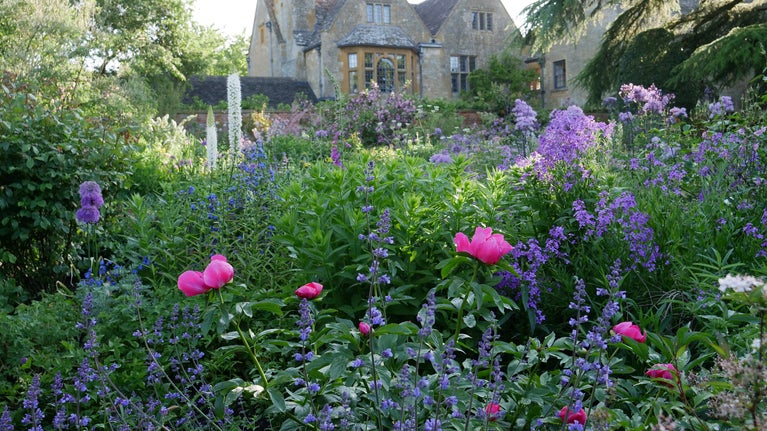
Discover more at Hidcote
Find out when Hidcote is open, how to get here, the things to see and do and more.

For centuries, the hamlet of Hidcote Bartrim led a quiet rural existence. Located 600 feet above sea level in the northern Cotswolds, its sole purpose was agriculture. All of this changed in 1907, however, when Lawrence Johnston purchased the estate on behalf of his mother. The National Trust began caring for Hidcote in 1948 and has now been looking after this historic garden for more than 75 years.
Historic England records that Hidcote Manor was owned by Bradenstoke Priory in Wiltshire until the Priory was disbanded by Henry VIII in around 1539.
In the 17th century, the Manor was turned into a farmhouse. It exchanged hands several times before local farm worker John Tucker inherited it from the Freeman family in early 1907.
Within a couple of months of probate being granted, Tucker put the estate up for auction. It was advertised in The Times on 22 June 1907 as a ‘valuable freehold farm comprising 287 acres’. The land would be sold with a ‘very substantial and picturesque farmhouse... with lawns and a large kitchen garden’.
At the auction in July 1907, the bidding reached £6,500, at which point it was withdrawn from sale. Three weeks later, Lawrence Johnston, acting on behalf of his socialite mother Gertrude Winthrop, agreed to purchase the estate for £7,200.
Lawrence moved into Hidcote in October 1907, his mother arriving from America in June 1908. The house was adapted to suit their requirements, with an extension being built.
As there was little in the way of a garden, Lawrence effectively had a blank canvas to work with. He began to put into practice what he'd learnt from studying books such as The Art & Craft of Garden Making by Thomas H Mawson.
Lawrence went on many plant-hunting expeditions to far-flung places such as South Africa, China and the Alps, looking for rare and unusual species to add to his collection. Today, Hidcote’s plant collection still contains many species of national importance.
Lawrence’s plantsmanship was recognised as early as June 1911 – less than four years after he’d arrived at Hidcote – when he received an Award of Merit from the Royal Horticultural Society for the Hidcote strain of the candelabra primrose (Primula pulverulenta).
The period between 1907 and 1914 saw Lawrence create a series of intimate garden rooms around the house. However, his progress was suspended by the Great War, in which he fought.
In 1919, Gertrude bought the farm at the end of the village road, enabling the garden to be extended to its current boundaries. This period saw the extension of the Long Walk, along with the creation of the Wilderness, Mrs Winthrop’s Garden, the Pillar Garden and the Rock Bank.
By the early 1920s, the garden was largely complete. Lawrence’s interests then moved on to plant hunting, both for Hidcote and the new garden he was developing in the south of France (Serre de la Madone).
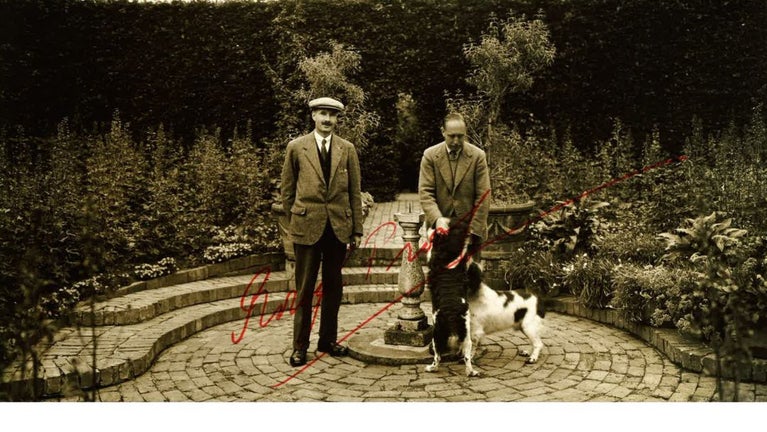
During the 1920s and 1930s, Hidcote attracted many well-connected people and received widespread critical acclaim. The garden was opened to the public on two or three days of each year, to help raise money for charity.
In the 1940s, Lawrence – by now in his 70s – began to think about the long-term future of the garden. He first approached the National Trust in 1943 to see if they would take over the garden.
Hidcote was transferred to the National Trust in 1948. It was the first garden of national importance acquired through the Gardens Fund, which had been established by the Trust and the Royal Horticultural Society to save significant gardens.
Hidcote has now been under the stewardship of the Trust for longer than Lawrence Johnston owned it, and income generated by visitors ensures that the garden is maintained to a high standard. This will enable future generations to enjoy it as Lawrence intended.
During the 1920s and 1930s, as Hidcote gained critical acclaim, Head Gardener Frank Henry Adams (1890–1939) played a vital role behind the scenes. The flourishing of the garden owed much to his steady hand, horticultural skill and quiet dedication. Adams, who had previously been a gardener at Windsor Castle, met Johnston by chance in 1922 at a pub in Essex – after giving gardening advice to the pub landlord. Impressed by his expertise, Johnston invited him to come to Hidcote, where Adams would go on to lead a team of seven gardeners.
Adams and his family moved into a cottage in the village of Hidcote Bartrim that Johnston had converted from an old barn. He worked closely with Johnston, often spending long summer days and weekends immersed in plans for the garden. Adams pre-deceased Johnston by 19 years. So integral was he to the garden that, after his passing in 1939, Johnston remarked that he would never be able to replace him. Thanks to the care of the National Trust and the dedicated Garden team at Hidcote, the enduring legacy of both Johnston and Adams lives on today.
If you would like to read more about Lawrence Johnston, copies of his biography by Graham S Pearson – Lawrence Johnston: The Creator of Hidcote – can be purchased in the Hidcote shop.
If you have any information or photographs relating to Hidcote from 1907 onwards, we would love to hear from you.
Please send an email to hidcote@nationaltrust.org.uk

Find out when Hidcote is open, how to get here, the things to see and do and more.
Explore Hidcote's Arts and Crafts-inspired garden, a network of ‘outdoor rooms' designed by the renowned horticulturalist Lawrence Johnston.
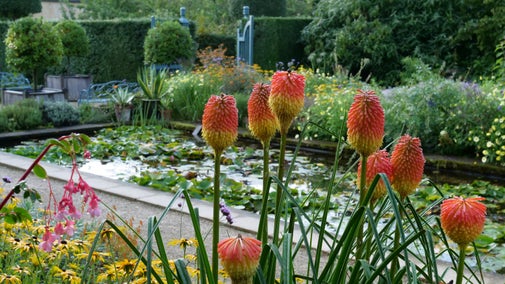
In this article you'll find everything you need to know about visiting Hidcote and what to expect from your day, including a link to a new digital map that we're trialling, to help you find your way around the garden.
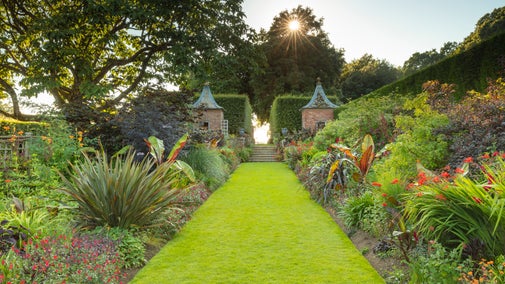
Looking to visit Hidcote as part of a club, society or registered travel company? Discover how to make a booking, how much you'll pay and any benefits you might receive.
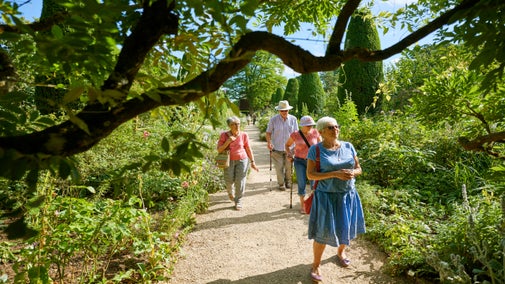
Learn about the work the National Trust carries out at Hidcote to ensure that this Gloucestershire garden remains in tip-top condition all year round.
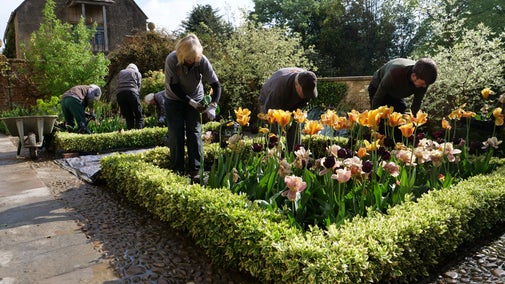
Fancy joining the team that cares for Lawrence Johnston’s unique garden? Find out how to apply and the positive effect it could have on your life.

Learn about people from the past, discover remarkable works of art and brush up on your knowledge of architecture and gardens.
